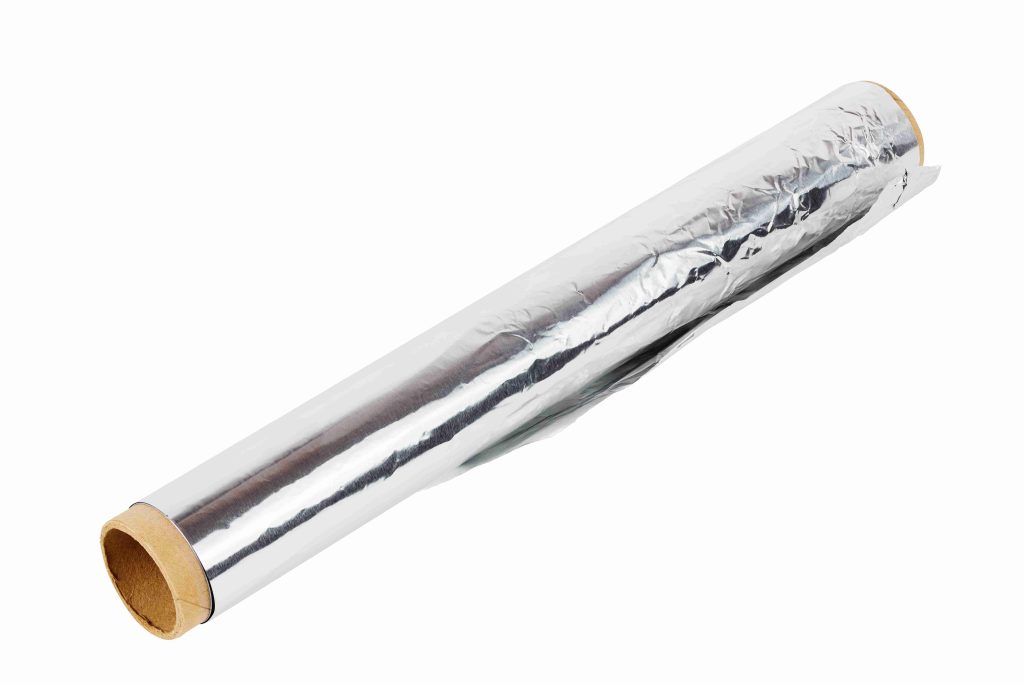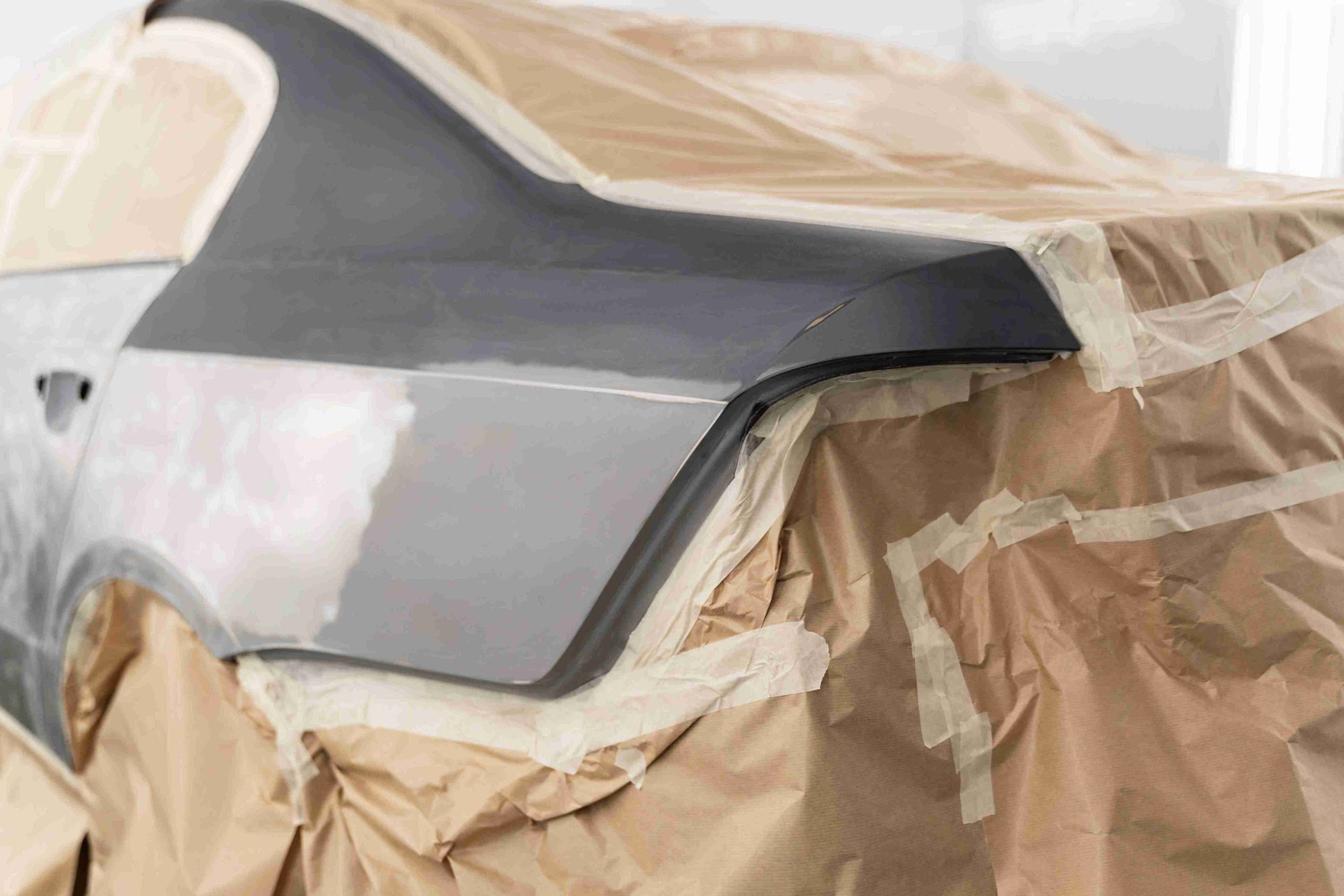Aluminum foil has found its use everywhere, in the food industry, pharmaceutical industries, insulation, and electronics as well. What most people are unaware of however, is the extent of precision and automation engineering that drives its production. Behind every shiny roll of foil lies a complex web of machinery, most notably the fully automatic aluminum foil production line, which ensures consistent quality, speed, and material efficiency.
Yet there’s a surprising hero embedded deep within this manufacturing ecosystem: the high-pressure pump. Often associated with hydraulic systems and industrial cleaning, high-pressure pumps serve a critical but less visible role in aluminum foil production. This article is about the intersection of these two apparently unrelated technologies and the interdependence of each, showing the synergy of material science, mechanical engineering, and production efficiency.
Precision and Productivity: Inside a Fully Automatic Aluminum Foil Production Line
A fully automatic aluminum foil production line is a high-tech system engineered for large-scale, continuous processing of aluminum into ultra-thin sheets. These lines normally consist of a number of combined processes: rolling of aluminum, annealing, treatment of the surface, slitting and packaging. Automation does not only provide speed, but also consistency which is crucial in applications such as blister packs, food wrapping and industrial laminates.
The latest production lines of foil have smart control systems and live quality control. Several parameters like variation of thickness, surface defects, and rolling speed may be observed by operators in a central control unit. Such accuracy is essential since aluminum foil frequently has to be of high international standards especially in pharmaceutical and aerospace industries.
An automated process would do away with manual errors, increase uptime and make the most out of materials by minimizing waste. Such production lines frequently operate 24/7 and make thousands of meters of foil per day, so reliability is not an option. This is where high-pressure pumps begin to make their mark.
High-Pressure Pumps: The Unsung Workhorses of Industrial Manufacturing
High-pressure pumps may not be the most glamorous component on the factory floor, but their contribution is vital. In the context of a fully automatic aluminum foil production line, these pumps are used for multiple purposes.
A significant use is in cooling systems. There is a lot of heat produced during the rolling of aluminum because of high friction and mechanical deformation. High-pressure pumps drive coolant through closed-loop systems, ensuring uniform temperature control throughout the production line. This eliminates the possibility of thermal distortion that may otherwise influence thickness and integrity of foil.
Another use of high-pressure pumps is in hydraulic systems that operate rolling mills or other mechanical components of the production line. These pumps supply the force needed to maintain consistent pressure on the aluminum slabs as they are rolled into thin sheets. Any fluctuations in pressure can result in product defects or production halts.

Additionally, in foil cleaning and surface treatment stages, high-pressure washing is used to remove microscopic contaminants from aluminum surfaces. These cleaning processes are especially important in food-grade and medical-grade aluminum foil, where even minor impurities can lead to product rejection.
Integration of Systems: Synchronizing Pumps with Automation
In today’s smart manufacturing environments, both the fully automatic aluminum foil production line and its auxiliary systems, including high-pressure pumps, are integrated into a centralized control system. Such synchronization enables operators to vary pump output according to real time production needs.
For instance, when the production line ramps up during peak operation, the system automatically increases coolant flow via the high-pressure pump. Similarly, in case the line is slowing down or temporarily stopped, the pump output is also adjusted to save energy and to lessen wear.
Predictive maintenance is also possible as a result of this integration. Pressure, flow rates and motor vibrations are monitored by sensors installed in pumps. Alerts are created to perform proactive maintenance before anomalies occur and lead to unforeseen downtimes and expensive repairs.
This intelligent interaction between machines and electronic systems is what Industry 4.0 is all about: a harmonious, inter-connected manufacturing supply chain that increases productivity, lowers costs, and improves the quality of the products.
Technological Pairing as Sustainability and Efficiency:
The issue of sustainability has become increasingly popular in every manufacturing process including foil production. Aluminum is also recyclable, but its manufacturing process is energy-consuming. By optimizing the efficiency of auxiliary systems like high-pressure pumps, manufacturers can significantly reduce their carbon footprint.
For example, energy-efficient high-pressure pumps with variable frequency drives (VFDs) adjust motor speed based on operational demand. This helps not only to save electricity but also extends the life of equipment. Besides, the coolant circuits installed around these pumps can be fitted with heat recovery systems that recycle heat generated during the foil rolling process to be utilized elsewhere in the plant.
Moreover, the use of high-pressure systems with minimal leakage and low maintenance has a direct effect on reducing water consumption and lubricant consumption which are the two most important aspects of any green manufacturing audit. The fully automatic aluminum foil production line, when paired with such advanced pump technology, evolves into a sustainable, cost-effective operation.
Market Trends: Industrial Innovation and Cross-Sector Synergies
The manufacturing industry is changing quickly, and this is due to the growing need of automation, accuracy and sustainability. In the packaging industry, the adoption of fully automatic aluminum foil production lines is accelerating. The systems provide unmatched efficiency and predictability, serving applications that are in high demand such as food preservation, pharmaceutical, and consumer products. There is a demand among manufacturers to have machines that minimize the use of labor and provide uniform output, which is being fulfilled through automated foil lines with sophisticated robotic systems and modular control interfaces.
Parallel to this, high-pressure pumps are seeing widespread use across multiple industrial processes. They are used in automated production lines.for maintaining material flow, hydraulic control, and cooling systems. Modern high-pressure pumps are being redesigned for lower energy consumption and better compatibility with digital monitoring systems. This way, they align perfectly with the broader goals of Industry 4.0.
Conclusion:
At first glance, a high-pressure pump and a fully automatic aluminum foil production line may appear to belong to different worlds. However, take a look deeper into the machineries and processes involved, and it is evident that one cannot do without the other. This secret partnership makes sure that the production of aluminum foil is not only efficient and consistent but also sustainable and smart.
With the incorporation of powerful, intelligent and energy-efficient pumping systems into their automated lines, manufacturers can take a greater control of their quality, lower the costs of operations and become closer to the environmentally responsible production.In a world where automation and precision are the cornerstones of industrial success, such unlikely technological pairings are no longer optional—they are essential




